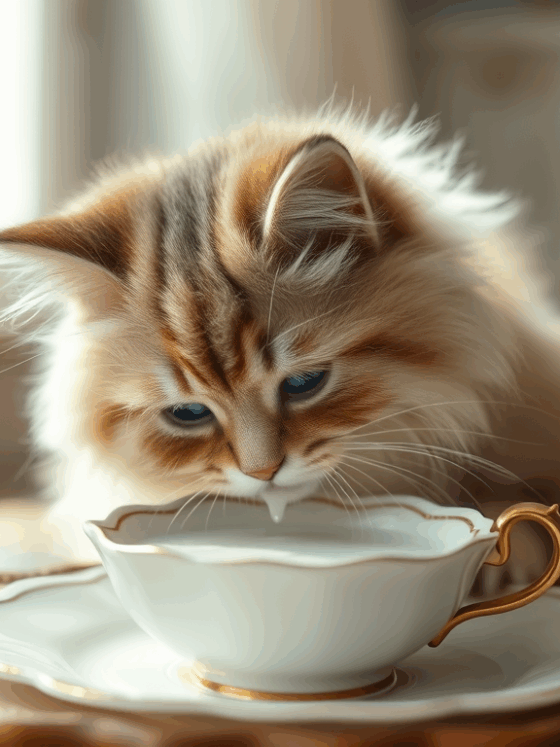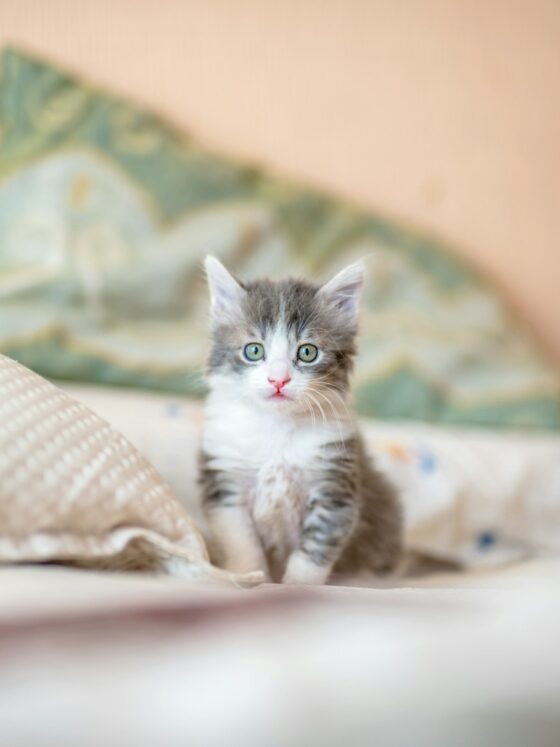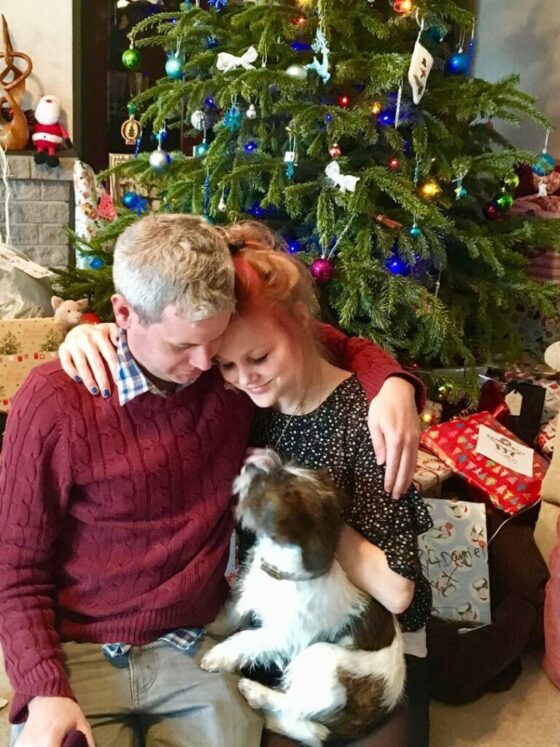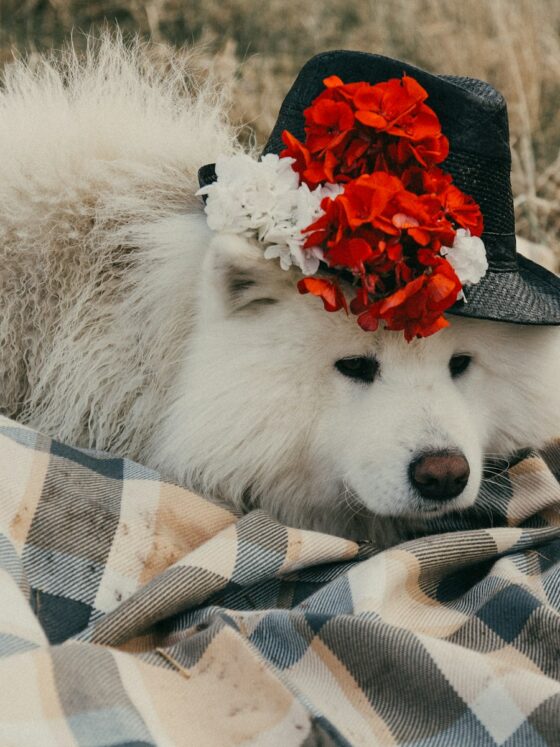Cats. Our roommates are mysterious and whiskered. They look like they’re plotting world domination one moment. Then they curl up in your lap the next. They’re the definition of “hard to read.” Cats might act like aloof little royals, but they’re constantly communicating with us. We just have to learn their language.
Years of observation (and many scratched hands) have taught us a lot about cat behaviour. Whether it’s the slow blink, the random 3 a.m. zoomies, or the “I’m staring into your soul while knocking over your glass” antics, every action has a reason. By understanding these behaviours, you can build a stronger bond with your feline friend. You might also stop them from plotting your untimely demise (kidding… mostly).
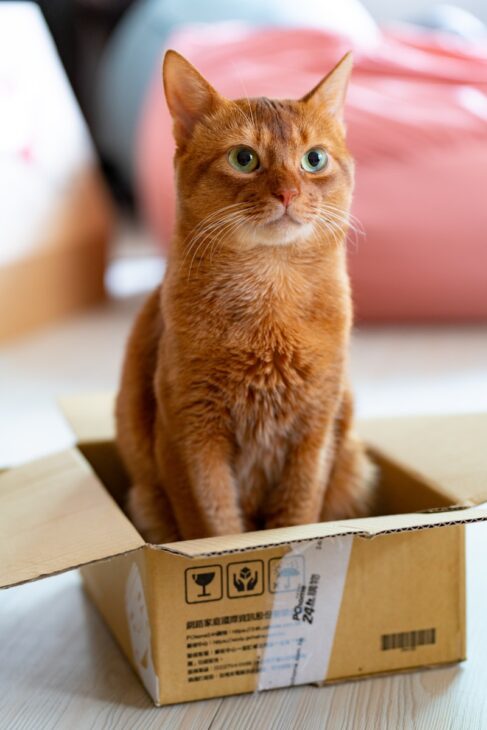
Why cat behaviour matters
Unlike dogs, cats don’t wear their hearts on their paws. They’re subtle creatures. A twitch of the tail or a flick of the ear can mean more than you’d think. Paying attention to these cues makes you a better cat parent. It can also help you spot health problems early.
When a normally social cat starts hiding, or a usually quiet one starts yowling at 3 a.m., it’s not random drama—it’s often their way of saying, “Hey, something’s up.” Recognisingread”. these little signs can prevent unnecessary trips to the vet. It can also enhance your cat’s comfort and happiness.

Reading the “cat language”
Cats might not meow in English. This is unless your cat is secretly possessed by a Disney princess. However, their behaviour speaks volumes. Here are a few classic signs to watch out for:
The sudden midnight sprint: those who recognise random zoomies? Your cat is channelling its inner wild hunter. Just roll with it.
The slow blink: This is your cat’s way of saying, “I trust you.” Try blinking slowly back—it’s like a little feline love note.
Tail talk: A tail held high usually means happiness or confidence, while a puffed-up tail screams “Danger! I’m scared!”
Kneading (a.k.a. making biscuits): It’s a leftover kitten habit that signals comfort. Translation: “I love this blanket… and you.”
Instincts you can’t ignore
Cats may look cute and fluffy, but they’re also natural-born hunters. That’s why they love stalking random dust particles or attacking your toes when you’re trying to sleep. Giving them outlets for these instincts is essential to keeping them happy.
Try puzzle feeders, feather toys, or even a laser pointer session to burn off energy. Cats need stimulation, and if they don’t get it, you might find your favourite sofa in shreds (consider yourself warned).

Health check-in through behaviour
Your cat’s behaviour is often the first clue if something isn’t right. Things like excessive grooming could indicate a problem. A change in litter box habits might also suggest an issue. Even a sudden dislike for their favourite food could mean something more serious.
Pro tip: Make it a habit to observe your cat daily—notice their moods, energy levels, and routines. These small check-ins can catch health issues early and build trust between you and your furry friend.

Why understanding your cat’s behaviour matters
Unlike dogs, cats are masters of subtlety. A flick of the tail can reveal how they’re feeling. A tiny ear twitch can also indicate their mood. Even where they choose to nap provides insight. Paying attention to these cues isn’t just fun (and slightly addictive); it is also important for their health and happiness.
A sudden change in behaviour—like hiding, excessive grooming, or refusing food—can be an early sign something’s wrong. On the flip side, recognising their happy signals (hello, slow blinks!) helps you build trust and strengthen your bond.

The secret language of cats
Cats don’t meow in English (although some try), but they communicate through body language, sounds, and routines. Here’s a quick cheat sheet:
- Slow blinks: Your cat’s way of saying, “I trust you.” If you slowly blink back, it’s like whispering, “I love you, too.”
- Tail position: A tail held high means confidence and happiness, while a low, puffed-up tail signals fear or stress.
- Head bunting: When your cat rubs their head against you, they’re marking you with their scent—a very affectionate “you’re mine.”
- Kneading: A leftover kitten behaviour that means comfort and contentment (bonus points if you get the purrs alongside it).
- Zoomies: Those random 3 a.m. sprints across the living room? That’s your cat burning off pent-up hunting energy.
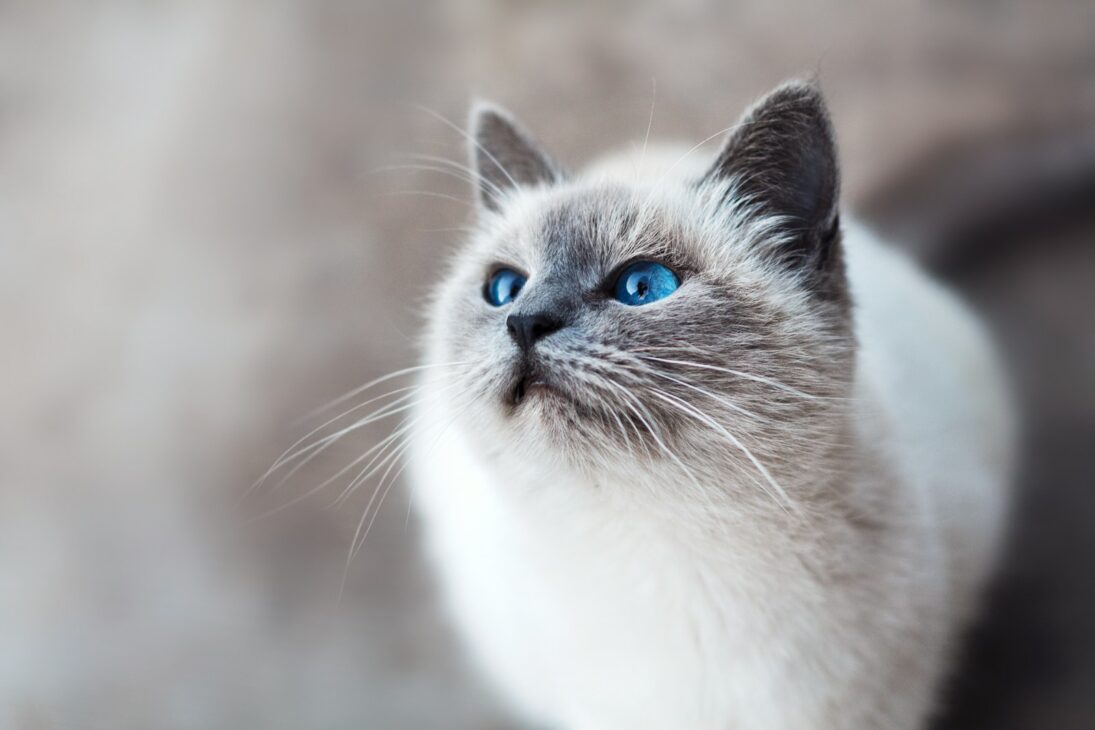
10 common cat behaviours explained
To help you decode your feline, here’s a quick guide to some of the quirkiest cat habits:
1. Why do cats knock things over?
Because it’s fun. Also, it triggers their hunting instinct—they’re testing to see what moves (and watching your reaction is an added bonus).
2. Why do cats sit in boxes (or any random container)?
Boxes make cats feel safe and hidden. It’s like their personal fort where they can observe the world without being seen.
3. Why does my cat bring me “gifts” like dead mice?
Gross? Yes. Heartfelt? Also yes. Your cat is sharing its hunting success with you, essentially saying, “Look what I caught for us!”
4. Why do cats stare at me?
Sometimes it’s love. Sometimes it’s plotting. But mostly, it’s curiosity—cats observe everything.
5. Why do cats purr?
Purring isn’t just for happiness. Cats also purr to soothe themselves when they’re nervous or in pain. They even purr to heal, as it’s believed the frequency of purring promotes healing.

6. Why do cats sleep on my laptop or keyboard?
Your laptop is warm, and it smells like you. Plus, cats are dramatic attention-seekers, and blocking your screen guarantees all eyes are on them.
7. Why do cats wiggle before pouncing?
This is your cat going into “hunter mode.”. The wiggle helps them judge distance and balance before going in for the “kill” (usually a toy—or your sock).
8. Why do cats love being up high?
Cats are natural climbers. High perches give them a safe, commanding view of their territory, like a tiny king (or queen) surveying their kingdom.
9. Why do cats chew or lick random things?
Some cats develop quirky licking habits—like blankets or bags—usually because it’s comforting. But if it’s excessive, it could signal a nutritional deficiency or boredom.
10. Why does my cat ignore me one minute and demand attention the next?
It’s because they are, after all, cats. Their moods are as changeable as British weather. Don’t take it personally.
Instincts you can’t ignore
Cats are fundamentally hunters. That’s why they will stalk dust bunnies. They chase shadows or unexpectedly pounce on your feet. Providing them opportunities to use these instincts is essential.
Interactive toys, puzzle feeders, or even a simple string can significantly enhance your cat’s experience. Without proper stimulation, your cat’s energy might be spent shredding your sofa or curtains.
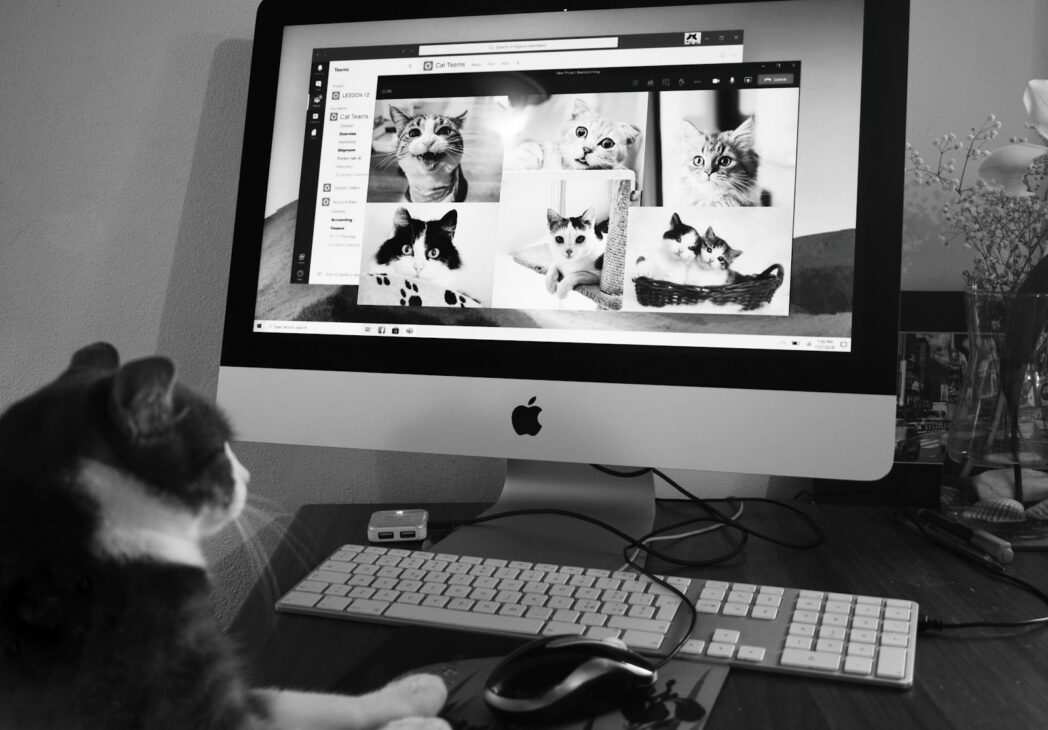
Monitoring your cat’s health
Your cat’s behaviour is often the first sign of a health issue. If your usually affectionate cat starts hiding, or a quiet cat suddenly becomes vocal, something might be up. Regular observation—combined with vet checkups—keeps your cat healthy and happy.
Bonding through observation
Want to feel closer to your cat? Just watch them. Seriously. Take ten minutes a day to quietly observe them. How do they interact with their environment? What gets their attention? What relaxes them?
That kind of mindfulness not only helps you decode their behaviour, but it also builds a deeper emotional connection. It’s almost meditative—and a great excuse to slow down and just be with your cat.
Final thoughts: every cat is different
While behaviour guides are helpful, remember: every cat is their own little weirdo. What’s true for one might not apply to another. Some cats love cuddles; others love knocking your water glass over at 2 a.m. That’s what makes them brilliant.
The more you observe, respect, and respond to your cat’s personality, the stronger your bond will grow. And that, in the end, is the greatest mystery solved of all.



